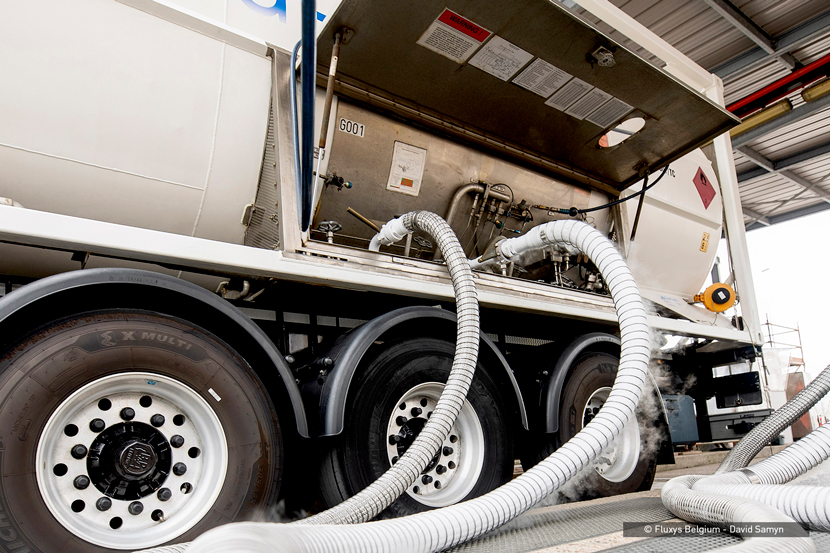Zeebrugge LNG terminal to build 4 additional truck loading bays
A total of 4 additional truck loading bays will be built at the Zeebrugge LNG terminal to continue supporting the freight transport sector in its switch to liquefied natural gas (LNG) as low emission fuel. Carbon-neutral bio-LNG will become an option as well.
With demand for LNG as low emission fuel soaring, the existing truck loading bays at the Zeebrugge LNG terminal are gradually being used at their maximum capacity. While the number of truck loadings in 2017 was still around 1,450, the utilisation rate for this year is estimated to rise towards 6,000 loadings, approaching the maximum capacity of 8,000.

Scheduled to become available in 2024
The call for market interest in truck loading slots at the Zeebrugge LNG terminal held last summer showed strong demand for booking substantially more slots in the future. With the additional truck loading bays, the market will continue to be able to count on sufficient loading capacity to meet increasing demand. The 4 new truck loading bays are scheduled to become available in 2024.
Bio-LNG
Since last year, the Zeebrugge LNG terminal is the first in Europe to be officially certified to make bio-LNG available. Bio-LNG is carbon-neutral and opens up the prospect for both freight transport companies and ship owners to take the step towards full decarbonisation. A market consultation will be held this summer with a view to establish a regulated bio-LNG service.
Fast growing LNG-powered truck fleet key demand driver
LNG trailers mainly load LNG at the Zeebrugge terminal to supply fuelling stations servicing LNG-powered trucks. LNG trailers loaded at the terminal also supply LNG-powered ships and remote industry without connection to the gas grid. Another option is loading LNG containers for onward intermodal transport by train or ship. The key demand driver for substantially more truck loading slots at the Zeebrugge LNG terminal is the fast-growing fleet of LNG-powered trucks and the equally strong rise in fuelling stations to service them. Freight transport companies are increasingly switching to LNG-powered trucks in order to stay within the emission standards in their activity and over the last five years the number of LNG fuelling stations in Europe has quadrupled to almost 350.
- Please feel free to contact us
- Thierry VervenneTim De Vil